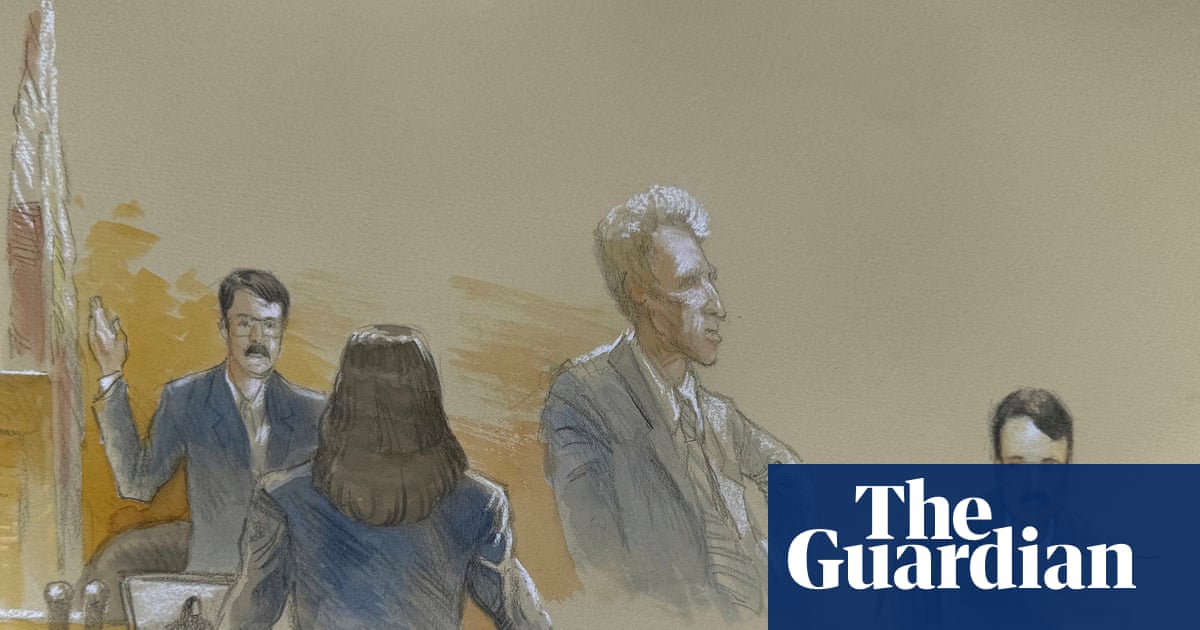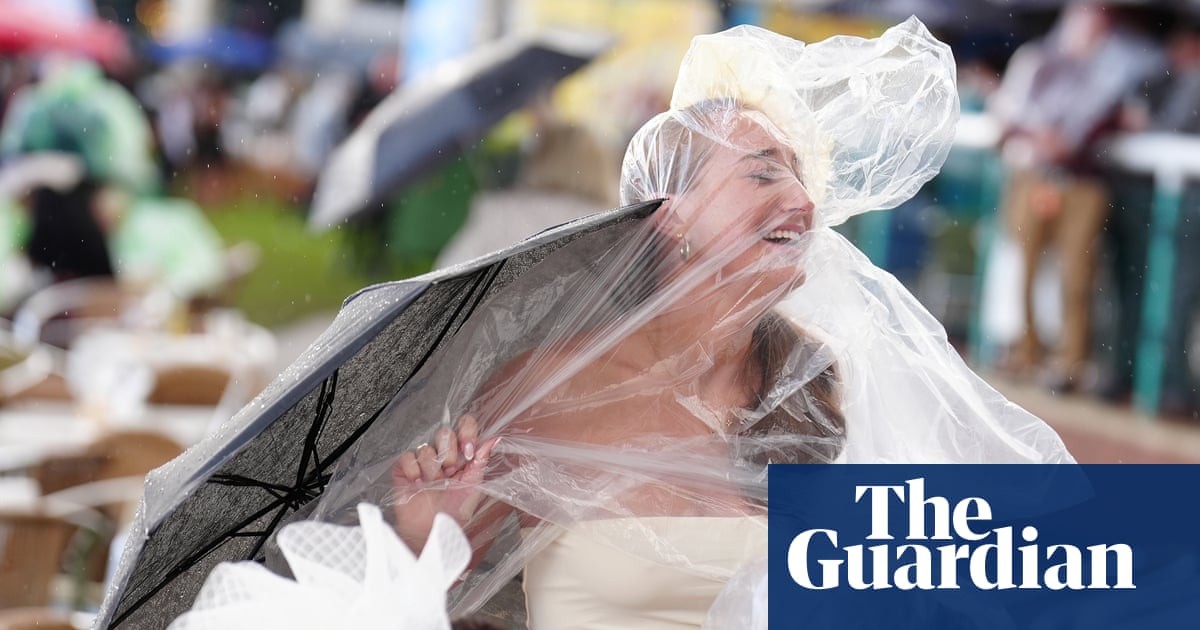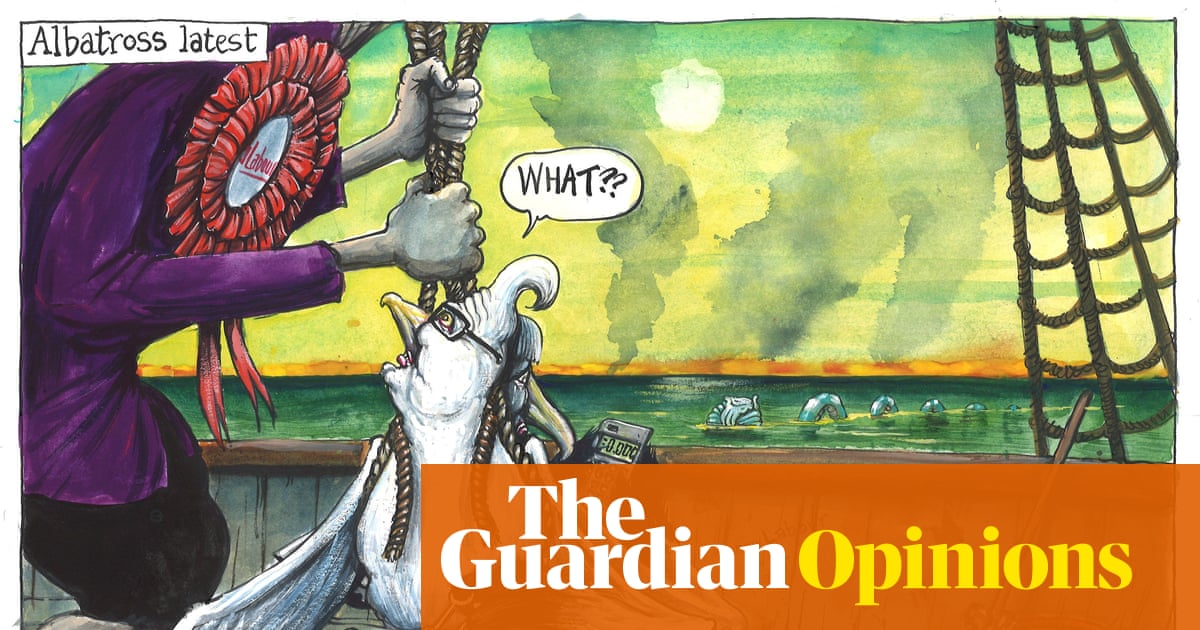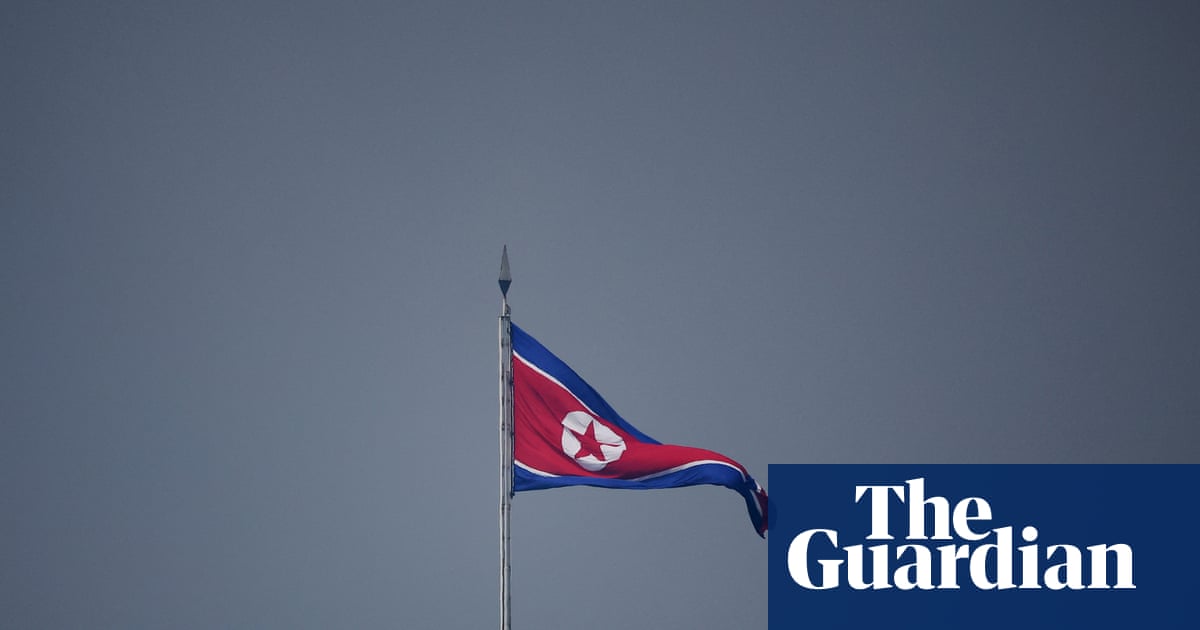An oil painting of a stormy Bristol landscape has been rediscovered as one of the earliest works of JMW Turner, created when the artist was 17 years old and lost to his canon for the past 150 years.
Turner’s signature on The Rising Squall, Hot Wells, from St Vincent’s Rock, Bristol was discovered in the process of cleaning the painting after it was sold last year.
At the time of the sale, the work was attributed to a “follower of Julius Caesar Ibbetson”, an 18th-century artist. Dreweatts, the auctioneers, had suggested the work would fetch £600-800, although the buyer is believed to have paid less.
Now, in a year of exhibitions and events to mark the 250th anniversary of the birth of the man widely considered to be Britain’s greatest and most influential artist, the painting is to be sold again. This time it will be auctioned by Sotheby’s with an estimated value of £200,000-300,000.
“We are as certain as it’s possible to be that this painting is by Turner,” said Julian Gascoigne of Sotheby’s. The painting had been examined by “all the leading Turner scholars alive today who unanimously endorsed the attribution”.
As well as the recently revealed signature, there were “clear references to a painting of this subject” in obituaries of Turner and in early literature on the artist in the years after his death in 1851.
But in the second half of the 19th century, “a series of mistakes were made, which were repeated and compounded, with it described as a watercolour”, said Gascoigne. It was omitted from the first complete resume of Turner’s work published in 1901, and “over the course of the 20th century, it was forgotten about as just another relatively minor early watercolour”.
The person who bought the painting last year initially thought it may have been the work of Philippe Jacques de Loutherbourg, a French émigré painter living in London whose studio Turner frequently visited. De Loutherbourg’s wife, suspicious that Turner was intent on appropriating her husband’s painting technique, eventually threw him out.
The Rising Squall, Hot Wells, from St Vincent’s Rock, Bristol was the first oil painting exhibited by Turner, at the Royal Academy in 1793, the year after it was painted.

Based on a drawing in his sketchbook and a watercolour, both held by Tate Britain, it depicts Hot Wells House in Bristol seen from the east bank of the River Avon, now the site of the Clifton suspension bridge, amid swirling storm clouds and tempestuous waters. Hot Wells was a hot spring and spa that was a popular attraction in Georgian England.
The painting was first acquired by the Rev Robert Nixon, a customer at Turner’s father’s barbershop who befriended and encouraged the young artist. Nixon was among the first to urge Turner to paint with oils.
“It gives us a real insight into the ambition that Turner was clearly exhibiting at this early stage of his career, and shows a level of competency in oil painting, which is quite a technical medium,” said Gascoigne. “It changes a lot of what we know, or thought we knew, about Turner’s early work and our understanding of how his technique and style evolved.”
Turner applied the oil paint thinly, almost like a watercolour. “He’s feeling his way through the medium, but bringing all the experience he already had as a watercolour painter to his application of oil.
“This technique of washy, translucent glazes of paint is something he comes back to later in his career, in the 1830s and 40s, and is one of the things that allowed him to completely revolutionise the art of painting – breaking down forms, seducing them in light, taking his painting technique towards the level of experimentation and abstraction that we think of today with his late, great masterpieces.”
At the time of last year’s sale, the painting was “very dirty, it hadn’t been touched for a long period of time, it had very old discoloured yellow varnish on it,” said Gascoigne.
The Rising Squall, Hot Wells, from St Vincent’s Rock, Bristol will go on public display for the first time in 167 years later this month at Sotheby’s in London before being auctioned on 2 July.

 3 months ago
44
3 months ago
44

















































